Top speed 314 km/h Length 9.83 m Manufacturer Hunting Aircraft | Wingspan 14 m Introduced 1938 First flight September 14, 1937 | |
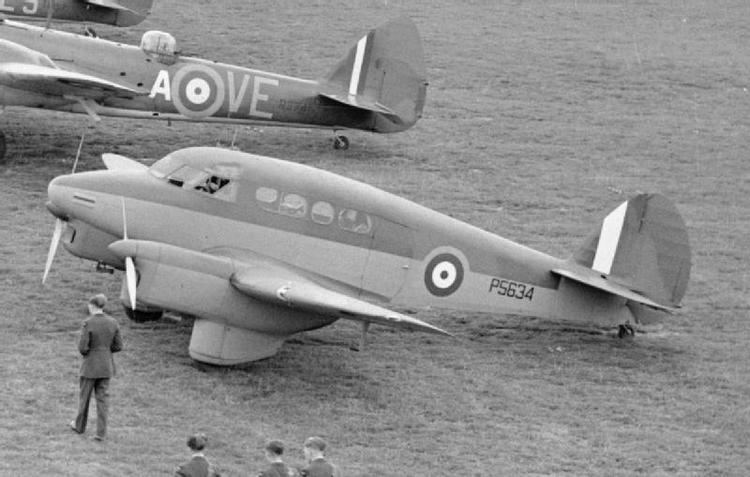 | ||
The Percival Q.6 Petrel was a 1930s British communications aircraft built by Percival Aircraft Limited at Luton. Originally, the Percival Q.6 was a civil transport but It was used during the Second World War by the Royal Air Force and Royal Navy as a communications and liaison aircraft. It was a twin-engine, low-wing monoplane with a tailwheel undercarriage.
Contents
- Design and development
- Operational history
- Variants
- Civilian operators
- Military operators
- Survivors
- Specifications Percival Petrel
- References
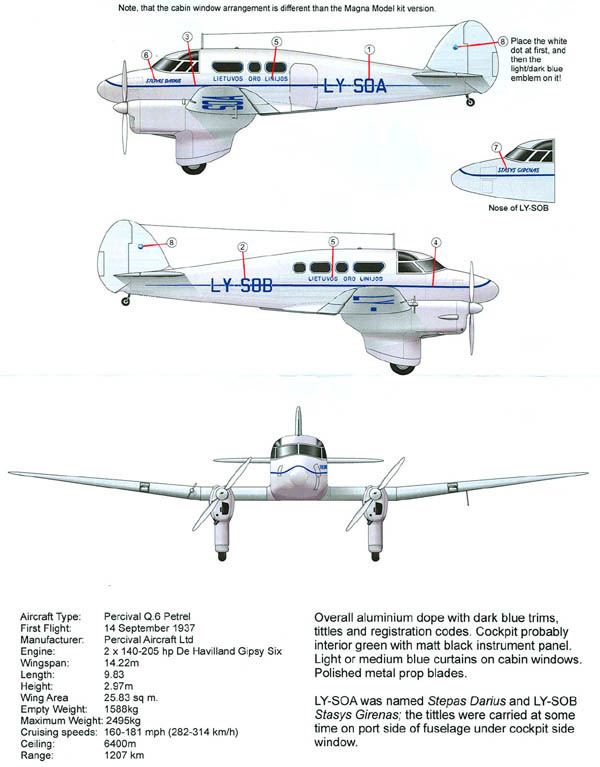
Design and development
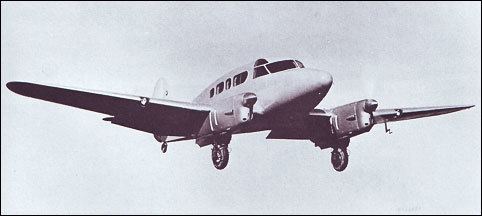
The Percival Type-Q was Percival's first twin-engine aircraft. It was constructed of wood, with plywood and fabric covering. It had a fixed, tailwheel undercarriage, with faired mainwheels, although four of the production machines would be equipped with retractable undercarriage.
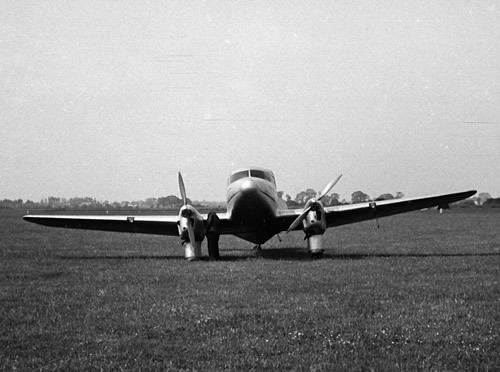
Two versions were designed: the Q.4, a four-seat executive transport, and the Q.6, a six-seat feederliner. The Q.4 was not built. The prototype Q.6, registration G-AEYE, first flew on 14 September 1937 at Luton Airport. Production started in 1938, and the first production aircraft, registered G-AFFD, was delivered to Sir Philip Sassoon on 2 March 1938.
Operational history
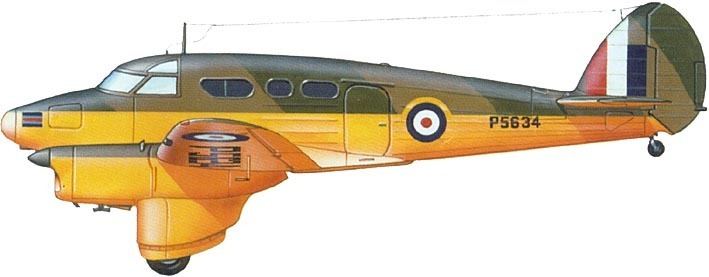
A small number were exported, including one to the King Ghazi I of Iraq, two to the Lithuanian Ministry of Communications, one to the Australian Civil Aviation Board and two to the Egyptian government in military camouflage. A total of 27 aircraft were built (one prototype and 26 production aircraft).
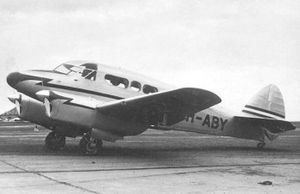
The Royal Air Force bought seven aircraft for communications duties under Air Ministry Specification 25/38; these were named Petrel. The Egyptian government bought two Q.6s.
In the early months of the Second World War, most of the civil Q.6s were requisitioned for service with the RAF and RN. Two Q.6s of the Lithuanian National Airline were impressed by the Soviet Air Forces in 1940.
With one exception, all the civilian Q.6s served with the Royal Air Force during the Second World War. Between 1946 and 1947, four requisitioned Q.6s and three Petrels were sold to civilian buyers. These were operated by small UK airlines, as executive transports and flown by private pilot owners.
Variants
Civilian operators
The aircraft was also operated by flying clubs, companies and private individuals.
Military operators
Survivors
One Q.6, the first production registered G-AFFD, is still current on the United Kingdom Civil Aircraft Register but with an expired certificate of airworthiness. Currently being stored at Seething Airfield, Norwich, Norfolk. Under restoration to flight condition. This aircraft is believed to be the only remaining example of the aircraft type.
Specifications (Percival Petrel)
Data from The Hamlyn Concise Guide to British Aircraft of World War II.
General characteristics
Performance
